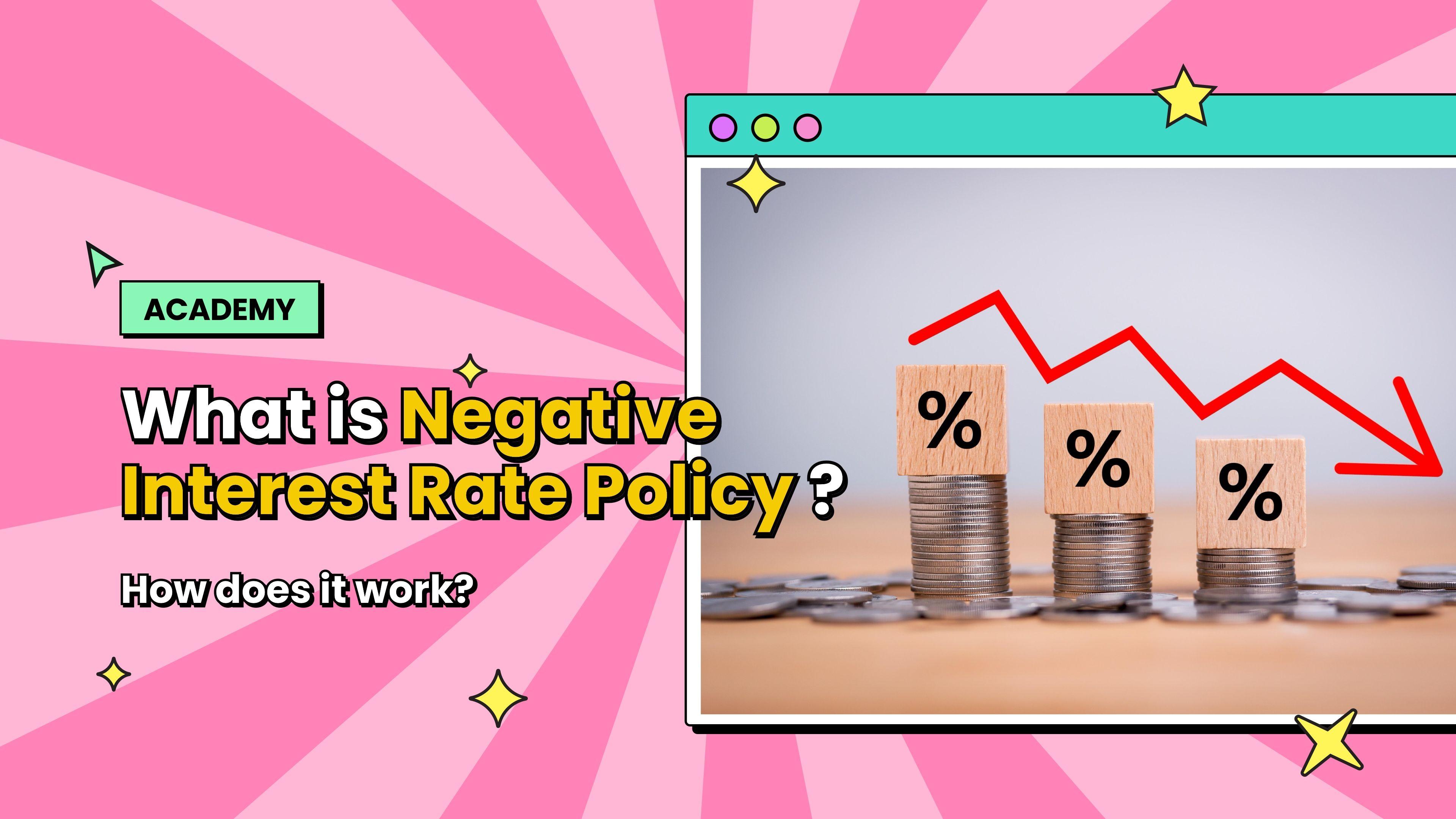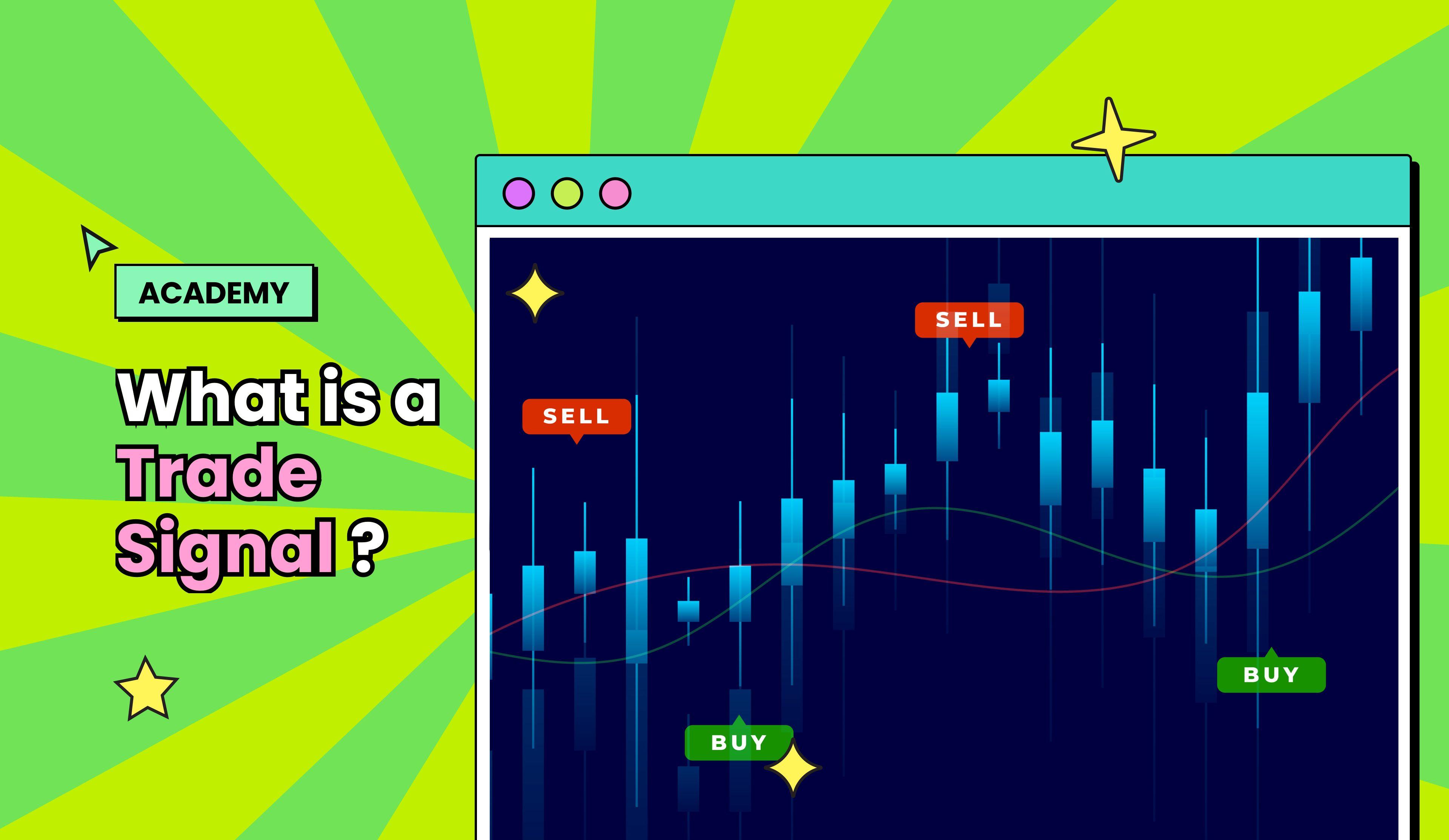Markets Need Healthy Corrections






It can be nerve-wracking when you see your investments dip severely for a longer period, but in fact it’s a completely normal part of regular market dynamics. Market corrections are simply a sign of healthy markets as prices return from surges back to more long-term established trend lines.
While there is no defined rule as to what constitutes a correction, most traders consider a 10% decrease from an asset’s recently achieved peak a correction, and anything beyond 20% the start of a bear market.
Market corrections happen all the time. In the last 100 years, the well-established S&P 500 Index has seen an average of 3 minor 5% corrections per year, with a 10% correction happening every 16 months, and severe crashes over 20% every 7 years. The average duration for a correction is 43 days.
The most recent severe tumble seen across just about every asset class - including gold - was early 2020 when the COVID-19 pandemic sent investors fleeing, desperate for cash as one of the most uncertain and destabilising string of events in recent history unfolded. Despite the ongoing uncertainty around COVID-19, the S&P 500 Index and tech stocks in particular recovered rapidly soaring to new heights just a couple months after the tumble in March.
How to deal with corrections
As Bill Lipschutz said: “If most traders would learn to sit on their hands 50 percent of the time, they would make a lot more money.” However, that’s not what most traders do.
Instead, the majority of traders try to anticipate corrections by selling the top and buying the dip. It makes sense as a way to protect your investments against losses, while at the same time increasing your gains when the market picks up again, but getting the timing right requires skills, discipline, and patience.
It is certainly possible to make profits swing trading, making short-term gains trading the ups and downs of the market, timing the market consistently right and sticking to a strategy that works is difficult to maintain in the long term. Most traders lack the discipline to stick to a winning investing playbook in correcting markets, but they also tend to transact at the wrong times, causing even larger losses.
If you’re trend trading and taking a long-term view, then market corrections are perhaps of less interest as you look far beyond what is happening only today. Nonetheless, staring at a long row of red candles can be very disheartening, and might even lead you to make rash decisions or trades that only make things worse. Especially during those times, it’s critical to keep in mind that corrections are normal, expected, and healthy for long-term continued growth. Even professional financial planners expect one out of every four calendar quarters to have negative returns.
Having a well-defined trading plan and diversified portfolio goes a long way as well. To limit the impact corrections might have, traders tend to diversify investments across asset classes, geographies and industries. For example, the correction seen in tech stocks that started in Feb 2021 was pretty severe, however stocks in financials, transportation and retail took on a very different course.
Lastly, during times of global uncertainties some traders seek shelter in safe haven assets to ride out the storm. The Japanese yen, Swiss Franc, and gold are considered safe haven assets as they tend to hold value or even increase during periods of risk aversion.


